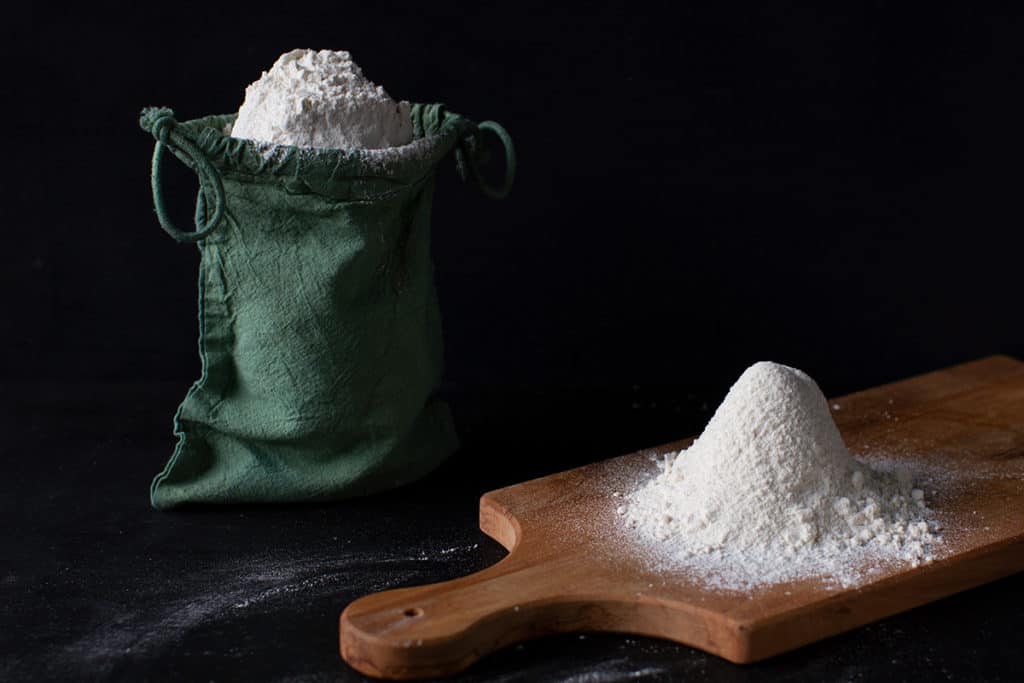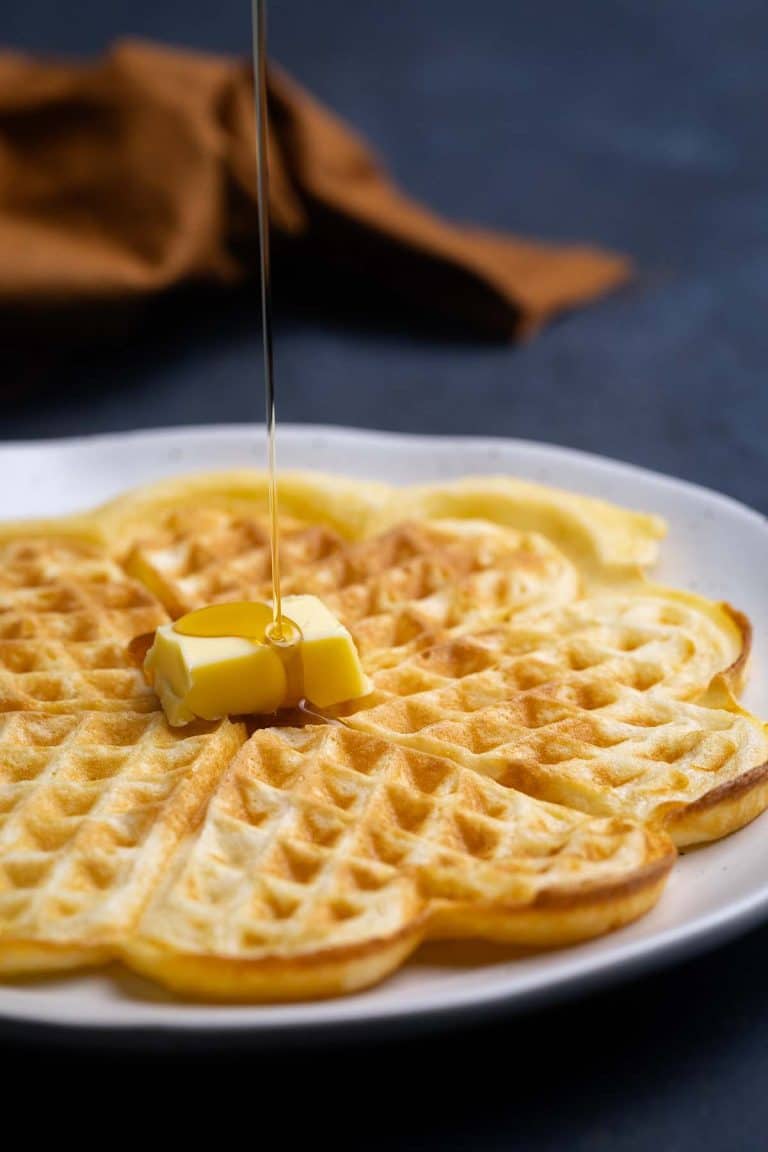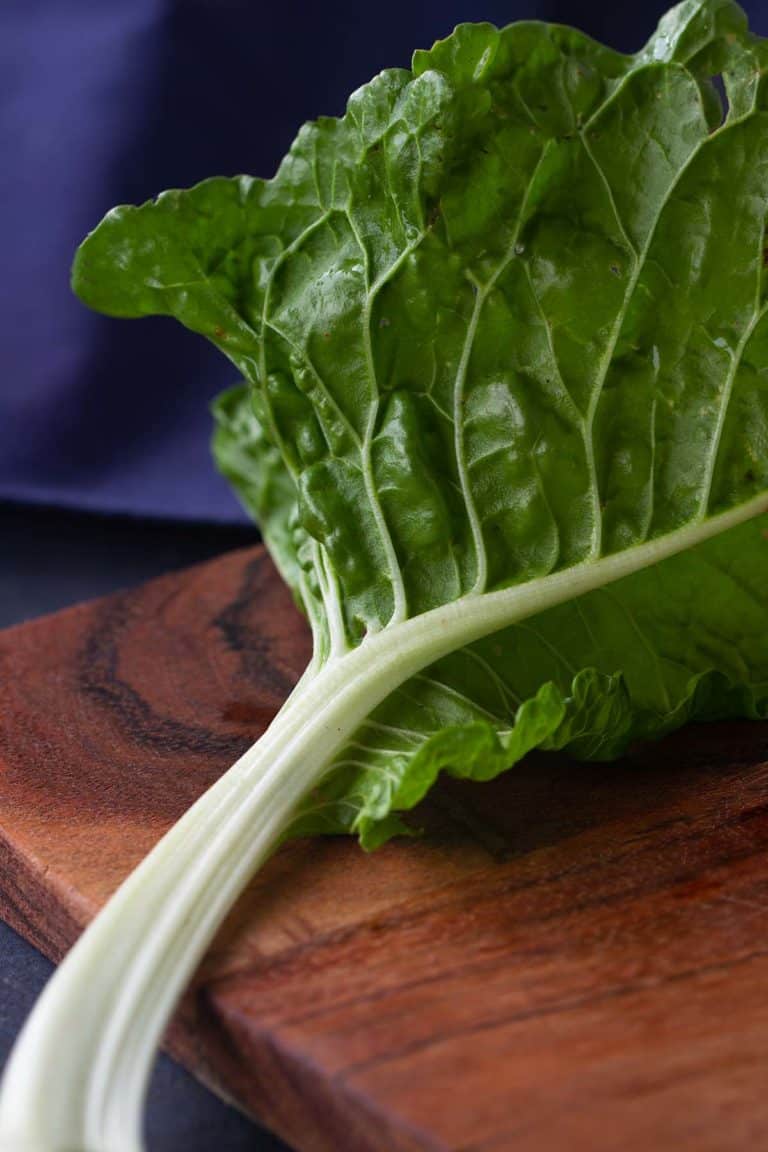Flour 101 Guide
Is all purpose flour the same as plain flour? What is bread flour? How do you store flour? This handy Flour 101 Guide covers different types of flour, gluten levels, substitutes and more.

What is flour?
Milling hulled grains, aka kernels or berries, turns them into flour. These hulled grains consist of a germ (embryo), bran (kernel shell), and endosperm. The majority of the flour you can find on supermarket shelves comes is the ground endosperm only, which is about 75% of the grain. The germ and bran typically do not make it into these flours.
All flour types below are made from either hard or soft wheat although alternative flours and ancient grain varieties are gaining popularity to meet diet requirements.
Gluten in flour
Before we go into the different types of flour, a quick note on gluten. When liquid is added to flour gluten is formed. Flour contains two proteins called glutenin and gliadin that form gluten. When liquid, such as water and milk, is added to flour these proteins link and form gluten.
Therefore the amount of gluten forming proteins in flour is responsible for the amount of gluten. Higher protein flours also have higher amount of gluten forming proteins making the flour more glutenous or “stronger”.

Types of wheat flour
For simplicity reasons I am only covering wheat flour types in this article that are widely available on supermarket shelves.
All-purpose or plain flour
All-purpose flour and plain flour are the same as regular or white flour. As the names imply, they are an allrounder in baking including bread, biscuits, pizza, cookies and muffins. They also have a place in the cook’s pantry for gravy and dumplings. The staple flour if you like. Protein levels vary between 8 and 13% depending on brands.
Bread flour
Bread flour or strong flour is made from hard wheat. It is great for, well, bread as well as rolls and bagels. With 12-16% it has a high protein content which creates a strong gluten structure giving breads a chewy texture.
You can substitute bread flour with all-purpose flour 1:1.
Cake flour
Cake flour is made from fine milled soft wheat. It has the lowest protein content which ranges from 5-8%. It is , of course, perfect for cakes including cupcakes and gives them a delicate, fine texture.
You can substitute cake flour with all-purpose flour and cornstarch. 1 cup all-purpose flour, less 2 tbsp, and add 2 tbsp cornstarch.
Pastry flour
Pastry flour is a fine soft wheat as well but it contains more protein (8-9%) than cake flour. It works well for pie crusts, quiches and pastries of course.
You can substitute pastry flour with 50% all-purpose flour and 50% cake flour.
Self-rising flour vs. self-raising flour
Flour that includes a leavening agent is called self-rising flour in the United States and self-raising flour in Britain. These flours range from 8 to 12% in protein and work well for cookies / biscuits, scones and cakes.
You can substitute 1 cup of self-rising flour with 1 cup of all-purpose flour and 2 tsp of baking powder.
Whole wheat flour / wholemeal flour
Whole wheat flour, or known as wholemeal flour in Britain, contains all elements of the hulled grain. With 9-16% of protein it creates excellent whole wheat bread and wholesome cake recipes.
You can substitute 1 cup of whole wheat flour with 3/4 cup all-purpose flour and 1/4 cup wheat germ.
00 Flour
00 flour, also known as doppio zero in Italy, is the key ingredient for many authentic pasta and pizza doughs. It is a a very fine hard wheat flour with a protein content around 12%.
You can substitute 00 flour with all-purpose flour 1:1.
How to store flour
Once you have chosen the correct flour for your recipe, you then need to know how to store it correctly for maximum freshness.
Store flour in a food-grade, airtight container in a cool and dark place up to a year. For maximum freshness place it in the fridge or even freezer. Especially whole grain flour benefits from this as it gets rancid easily due to the natural oils stored in the germ which is still present in the flour.
FAQ
Yes, generally speaking, all purpose flour and plain flour are the same and are safe to substitute for another in recipes. Flours generally vary in composition, protein levels and milling processes from brand to brand and so do their names based on where in the world you live. For example, Americans typically call it all purpose flour while plain flour is term most people in Great Britain and Commonwealth countries are familiar with.
Related articles
For more flour tips, check out my guide to milling your flour at home, ancient grains 101, and spelt flour guide.





